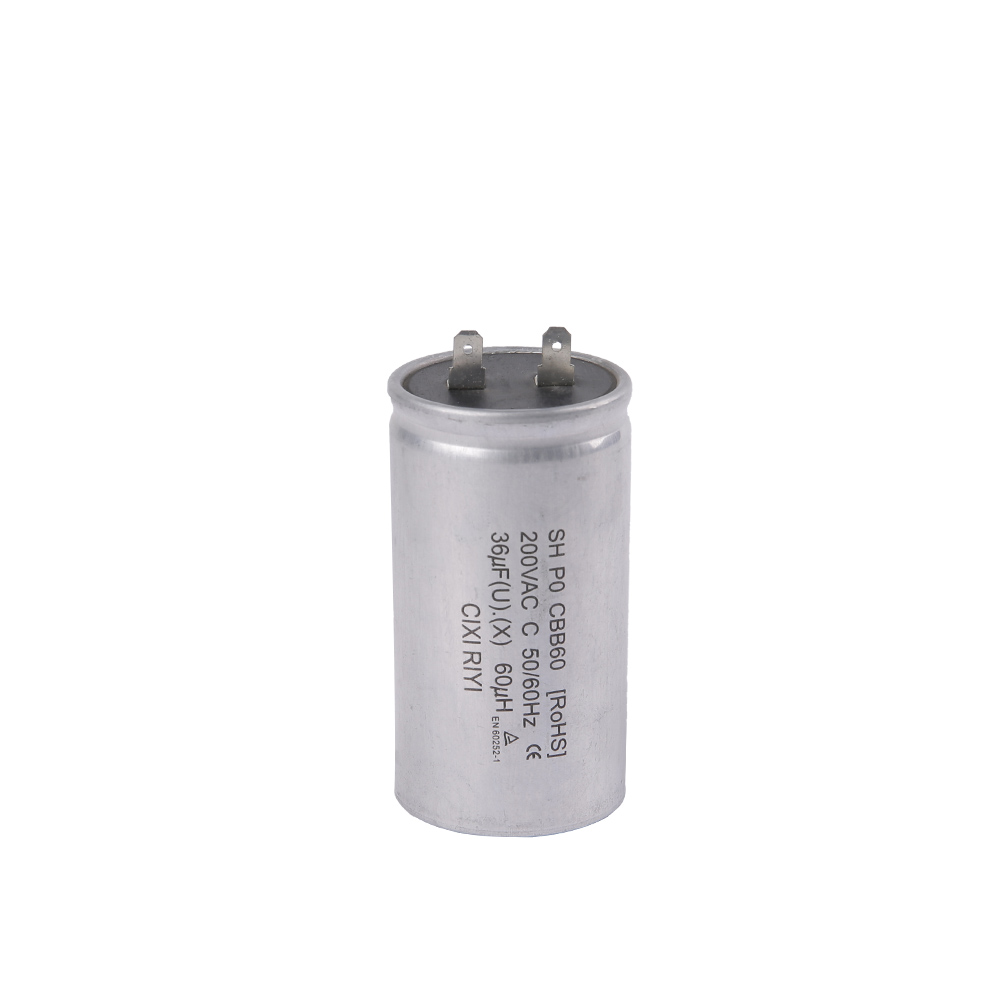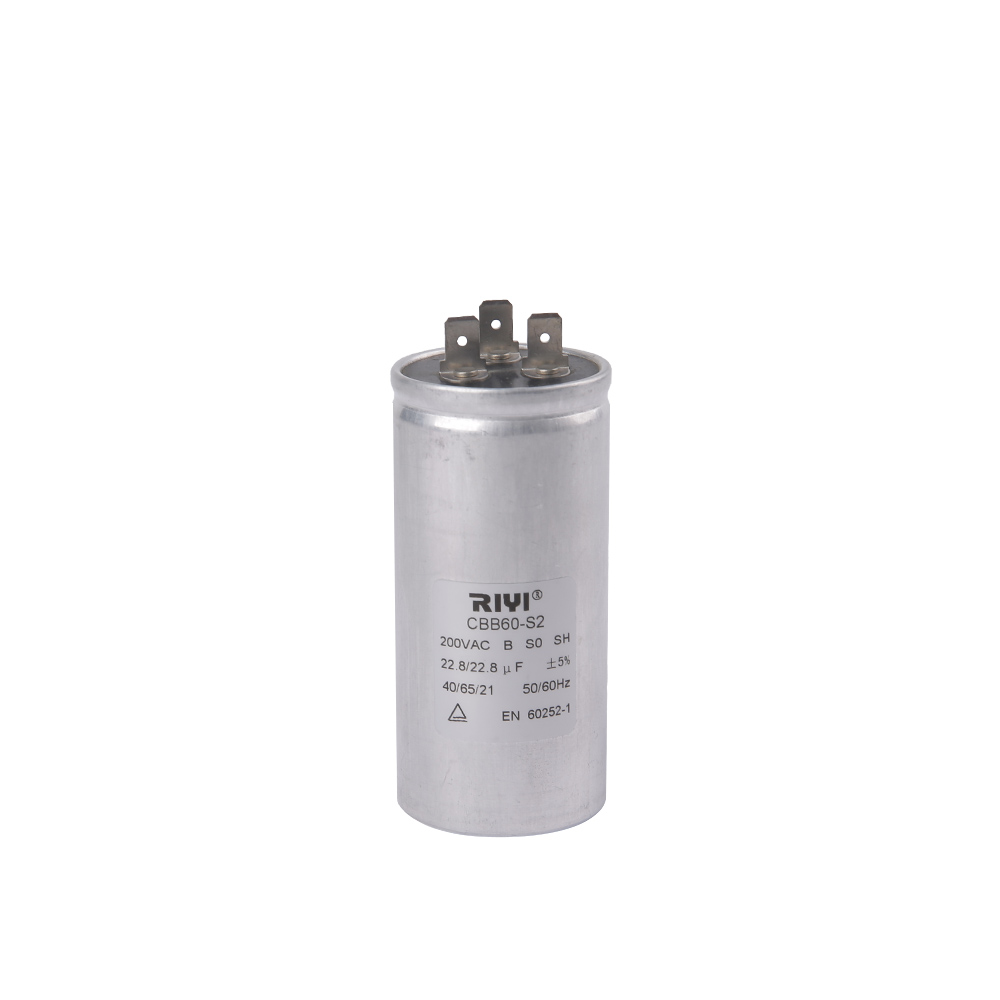Materials of different hardness require very different forces during the winding process. Softer materials, due to their lower yield strength, are relatively easy to bend and shape, and therefore require less winding force. On the contrary, high-hardness materials require greater winding force to cause plastic deformation, which places higher demands on the driving force and control system of the Spring Coiling Machine.
In addition to the winding force, the hardness of the material also directly affects the shape retention after winding. Softer materials are prone to rebound or deformation after winding, resulting in reduced shape and dimensional stability. High-hardness materials can better maintain the shape and size after winding, providing higher precision and reliability for subsequent processing and use.
The hardness of the material also has a significant impact on the degree of wear of the Spring Coiling Machine. Materials with high hardness may cause greater wear to the winding parts of the equipment during the winding process, thereby shortening the service life of the equipment. Therefore, when selecting a material, in addition to considering its processing performance, it is also necessary to consider its impact on equipment wear.
For materials with different hardnesses, the winding parameters of the Spring Coiling Machine should be flexibly adjusted, such as winding force, speed and angle. By precisely controlling these parameters, it is possible to ensure that the material is processed evenly and stably during the winding process, thereby improving the accuracy and efficiency of the winding.
For the coiling requirements of high-hardness materials, the Spring Coiling Machine with stronger driving force and more stable control system can be selected. These equipment are usually equipped with high-performance motors, transmission systems and control systems, capable of handling production tasks with large winding forces and high precision requirements.
In order to reduce the impact of material hardness on equipment wear, Spring Coiling Machine should be maintained and maintained regularly. This includes cleaning dirt and debris from the surface of the equipment, inspecting and replacing severely worn parts, and adjusting the accuracy and stability of the equipment. By strengthening equipment maintenance, the service life of the equipment can be extended and its performance stability can be improved.
Proper pretreatment of materials before winding is also an effective means to improve winding performance. For example, annealing high-hardness materials can reduce their hardness and improve their plastic deformation ability; grinding or polishing materials with rough surfaces can reduce friction and wear between them and the equipment.

 简体中文
简体中文 English
English Español
Español عربى
عربى












 +86-13600614158
+86-13600614158
 +86-0574-63223385
+86-0574-63223385 Zonghan Street,Cixi City,Zhejiang Province,China.
Zonghan Street,Cixi City,Zhejiang Province,China.